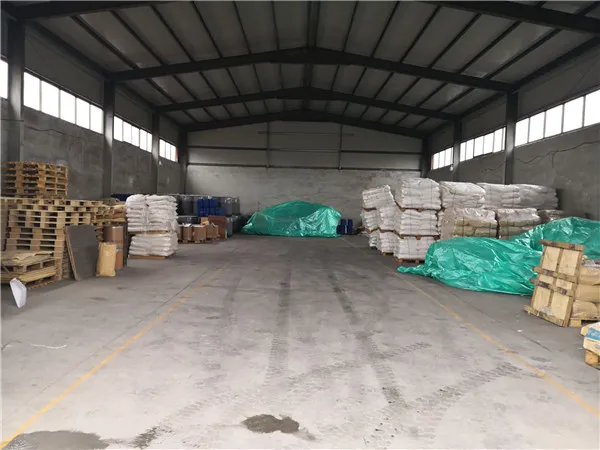The Versatile Compound Exploring Sulphamic Acid
Sulphamic acid, also known as sulfamic acid, is a versatile chemical compound that has garnered significant attention in various fields, including agriculture, manufacturing, and cleaning industries. With its unique molecular structure (NH₂SO₃H), sulphamic acid is not only recognized for its strong acidic properties but also for its ability to serve multiple purposes across different applications. This article delves into the characteristics, applications, and environmental implications of sulphamic acid.
Properties and Characteristics
Sulphamic acid is a white crystalline solid that is highly soluble in water, making it a favorable option for numerous chemical processes. It has a melting point of around 205 °C and exists as a stable compound under normal conditions. The compound is characterized by its strong acidic nature, with a pKa value of approximately 1.0, which means it can readily donate protons to other substances in reactions.
One of the notable features of sulphamic acid is its low toxicity compared to other industrial acids, such as hydrochloric or sulfuric acid. This makes it a safer choice for various applications, especially in cleaning agents where human exposure is a concern. Furthermore, sulphamic acid is a non-volatile compound, which reduces the risks associated with inhaling harmful vapors during usage.
Applications of Sulphamic Acid
1. Cleaning Agents
One of the most common applications of sulphamic acid is in the formulation of descaling agents. It effectively removes limescale, rust, and other mineral deposits from surfaces such as boilers, heat exchangers, and industrial equipment. Its high solubility allows for quick and efficient cleaning, making it ideal for both industrial and domestic cleaning products.
2. Agriculture
Sulphamic acid also finds its application in the agricultural sector
. It is often used to modify the pH of soil and enhance nutrient absorption in plants. By adjusting soil acidity, sulphamic acid can help create optimal growing conditions, thus promoting healthy crop development. Additionally, it can act as a herbicide, controlling unwanted plant growth without harming desirable crops.sulphamic

3. Chemical Synthesis
In the field of chemical synthesis, sulphamic acid serves as an important reactant in the manufacture of various organic and inorganic compounds. It is used in the production of herbal medicines, dyes, and agrochemicals. Moreover, due to its capacity to act as a sulfonate, it aids in the development of sulfonamide antibiotics, crucial in the healthcare industry.
4. Water Treatment
Another significant application of sulphamic acid is in water treatment processes. It is used to remove chlorine and other chlorinated compounds, which can be harmful to both human health and aquatic life. By neutralizing these compounds, sulphamic acid contributes to the production of cleaner and safer water.
Environmental Implications
Despite its many beneficial applications, it is essential to consider the environmental impact of sulphamic acid. When discarded improperly, it can contribute to water pollution and affect aquatic ecosystems. However, its relatively low toxicity compared to more hazardous acids suggests that, when managed correctly, the environmental risks can be minimized.
As industries continue to seek more efficient and safer alternatives for various chemical processes, sulphamic acid's role is likely to expand. Research is ongoing to explore its potential in new applications, particularly within eco-friendly formulations.
Conclusion
Sulphamic acid is a prime example of a multifunctional chemical compound with a wide range of applications across different industries. Its strong acidic properties, coupled with its relative safety and low toxicity, make it an increasingly popular choice in cleaning solutions, agriculture, chemical synthesis, and water treatment. As awareness of environmental sustainability grows, the responsible use and management of sulphamic acid could lead to innovative solutions that benefit both industry and the planet. As we advance, further exploration into its capabilities may reveal even more potential uses, solidifying sulphamic acid's place as a valuable component in various sectors.

